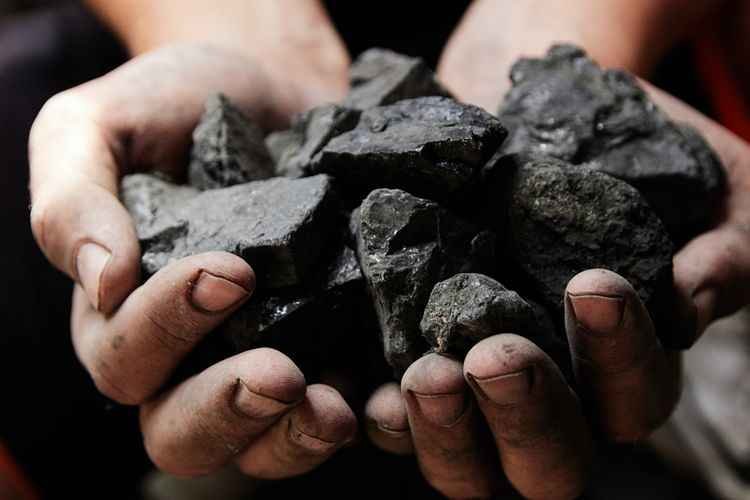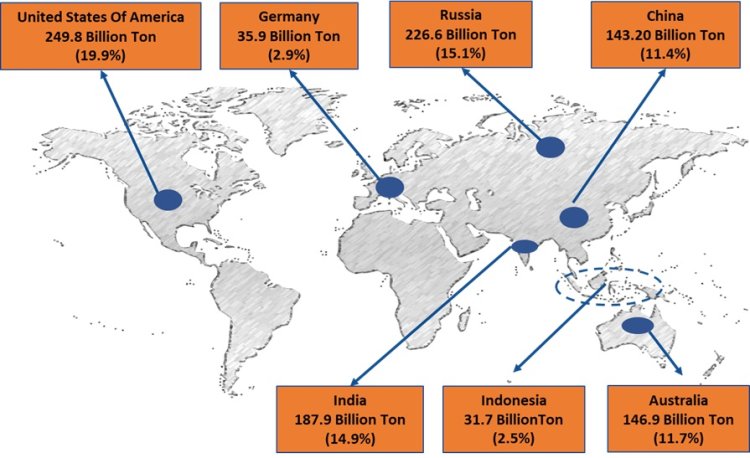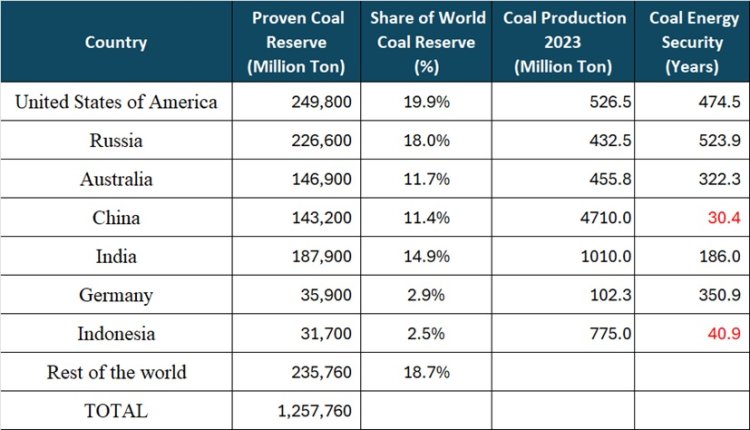Energy Security Warning: Indonesia’s Coal Proven Reserves Are Less Than 50 Years
Tulisan Populer 30 Januari 2025 Ananda Febriana Syafitri Read Time 3 minutes


Yudhi Putro (Coal Market Analyst, Director PT Kaldera Energi Nusantara, Doctoral Student at Perbanas Institute)

World Coal Reserves
Based on data collected from various sources, there are currently approximately 1.26 trillion tons of Proven coal reserves around the world. The largest coal reserves are owned by the United States of America at around 249.8 billion tons (19.9% of world reserves), followed by Russia at 226.6 billion tons (18% of world reserves) and Australia in third place with large reserves of 146.9 billion tons (11.7% of world reserves). Indonesia itself is ranked seventh with reserves of 31.7 billion tons (2.5% of world reserves) where this data is taken from Indonesia’s 2023 Mineral and Coal Reserve Resource Balance, which was published by the Geological Agency of the Center for Mineral, Coal and Geothermal Resources of the Ministry of Energy and Mineral Resources.

Indonesia’s Coal Reserves Are Less Than 50 Years
With Indonesia’s Coal Reserves of 31.7 billion tons, which if mined with a production volume in 2023 of 775 million tons, the remaining Proven mineable reserves are only enough for about 40 years. Of course, the number of these reserves can increase or decrease, decrease due to mining activity or changes in forest areas and the expansion of residential areas or proven reserves can increase with the discovery of new reserves as a result of more detailed exploration.
Ironically, with coal reserves which are around 2.5% of the world’s reserves and can run out in approximately 40 years, Indonesia is the world’s largest coal exporter, in 2024 it is predicted that the export volume will reach 540-550 million tons while domestic consumption will range from 240-250 million tons.
Coal reserves mined at the level of 31.7 billion tons or the equivalent of 40 years of mining life are a reality that we must face, and the Government must have a special strategy to support future energy security and energy transition processes.
Peak Coal Production and Energy Transition
Coal production in 2024 is predicted to still increase in the range of 820-830 million tons, looking at the global demand situation and domestic demand, it is felt that coal production will still increase slowly at least until the next 5 years or reach its peak in 2029 – 2030 before reaching a stagnant curve and a downward trend along with the transition to clean and renewable energy.
Coal as the primary energy that produces the cheapest electricity will still be the backbone in the energy transition period, both for the electricity industry to make consumer goods at low prices and electricity for the public sector or society.
In the energy transition period, we must be able to utilize coal optimally with cleaner technology, for example by applying carbon capture and storage technology and the use of coal to produce hydrogen or modifications in coal-fired power plants that can reduce coal emissions and other initiatives that can extend the life of coal.
Conclusion
- Limited coal reserves should be a driving force for the Government in protecting domestic interests and future energy security, a balance must be found between our need to drive the coal mining industry sector, the need for foreign exchange reserves from coal exports and the importance of long-term national energy security.
- Limited coal reserves should be a trigger for us to move faster towards a sustainable future. With careful planning and strong commitment, we can use the remaining coal reserves wisely while developing cleaner alternative energy sources. (CMA)